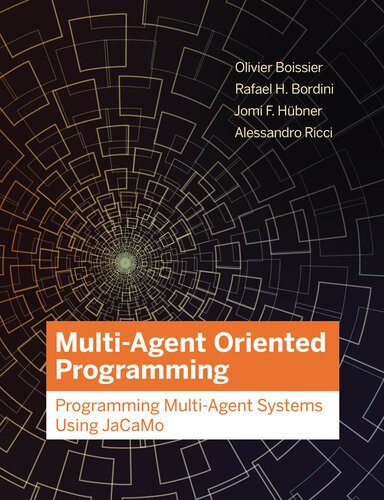

Most ebook files are in PDF format, so you can easily read them using various software such as Foxit Reader or directly on the Google Chrome browser.
Some ebook files are released by publishers in other formats such as .awz, .mobi, .epub, .fb2, etc. You may need to install specific software to read these formats on mobile/PC, such as Calibre.
Please read the tutorial at this link: https://ebookbell.com/faq
We offer FREE conversion to the popular formats you request; however, this may take some time. Therefore, right after payment, please email us, and we will try to provide the service as quickly as possible.
For some exceptional file formats or broken links (if any), please refrain from opening any disputes. Instead, email us first, and we will try to assist within a maximum of 6 hours.
EbookBell Team

4.1
80 reviewsA multi-agent system is an organized ensemble of autonomous, intelligent, goal-oriented entities called agents, communicating with each other and interacting within an environment. This book introduces the main concepts and techniques of multi-agent oriented programming, (MAOP) which supports the multi-agent systems paradigm at the programming level. MAOP provides a structured approach based on three integrated dimensions, which the book examines in detail: the agent dimension, used to design the individual (interacting) entities; the environment dimension, which allows the development of shared resources and connections to the real world; and the organization dimension, which structures the interactions among the autonomous agents and the shared environment.
The book puts the approach into practice using the JaCaMo programming model and platform. It employs an easy-to-follow, step-by-step style, showing solutions to increasingly complex scenarios. The book also discusses the integration of MAOP into existing technologies and application domains, including mobile computing, web-based computing, and robotics. Finally, it considers artificial intelligence (AI)–related classical problems from an MAOP perspective and discusses an agent-oriented approach to software engineering.